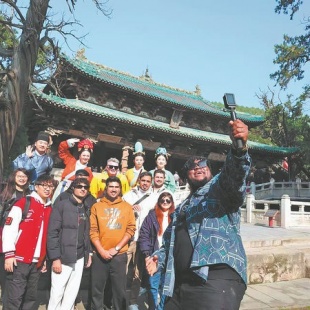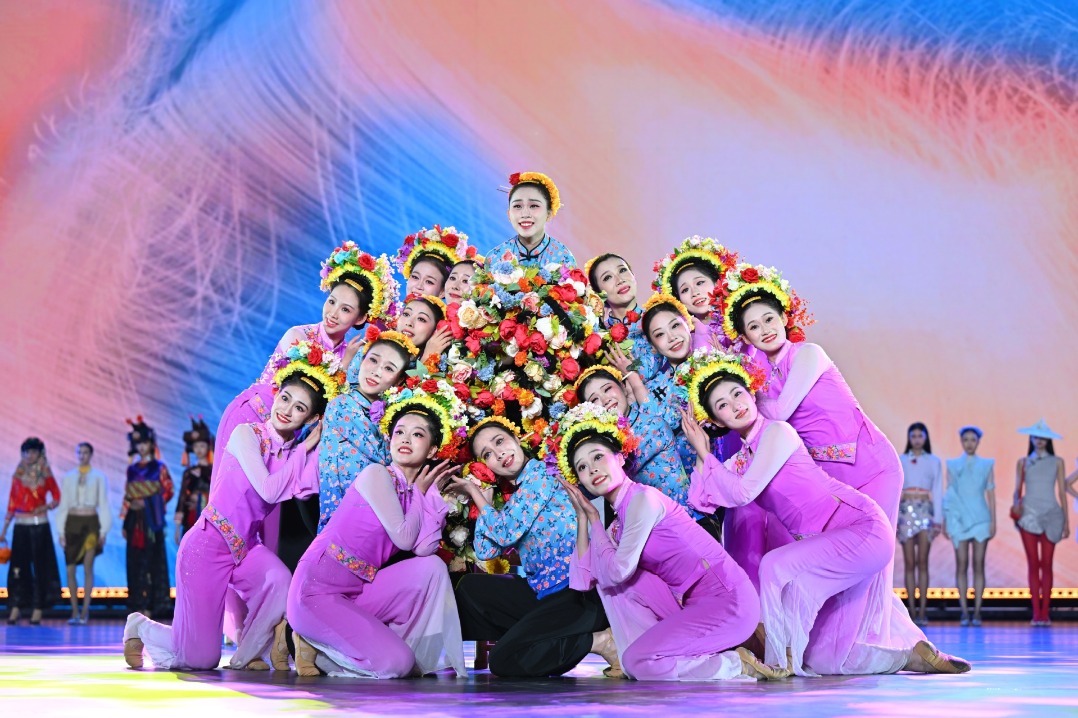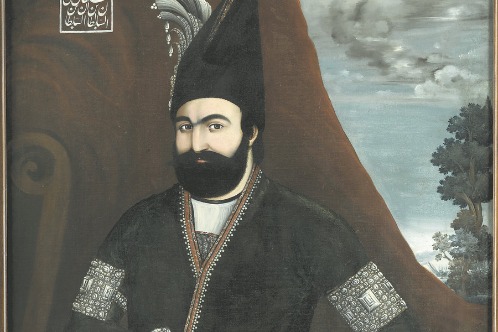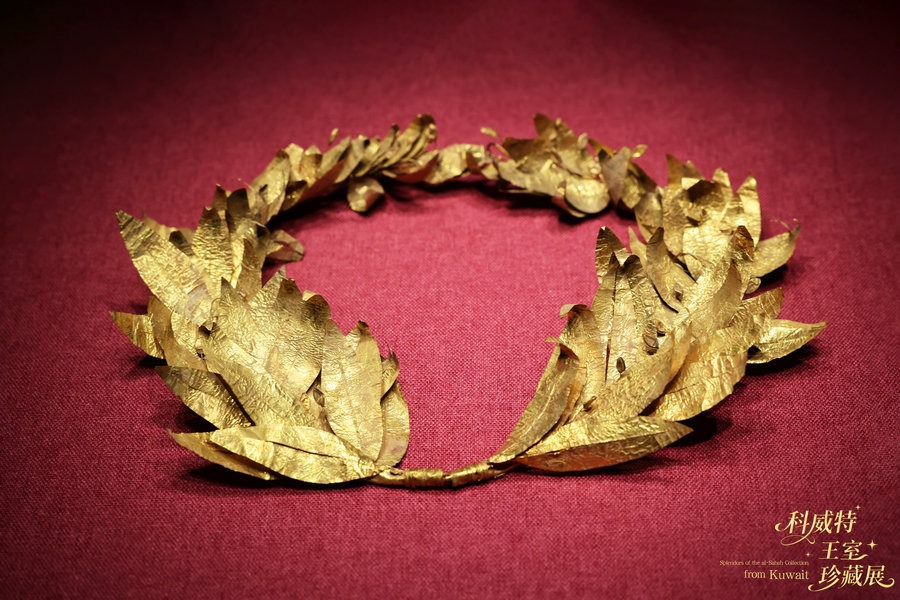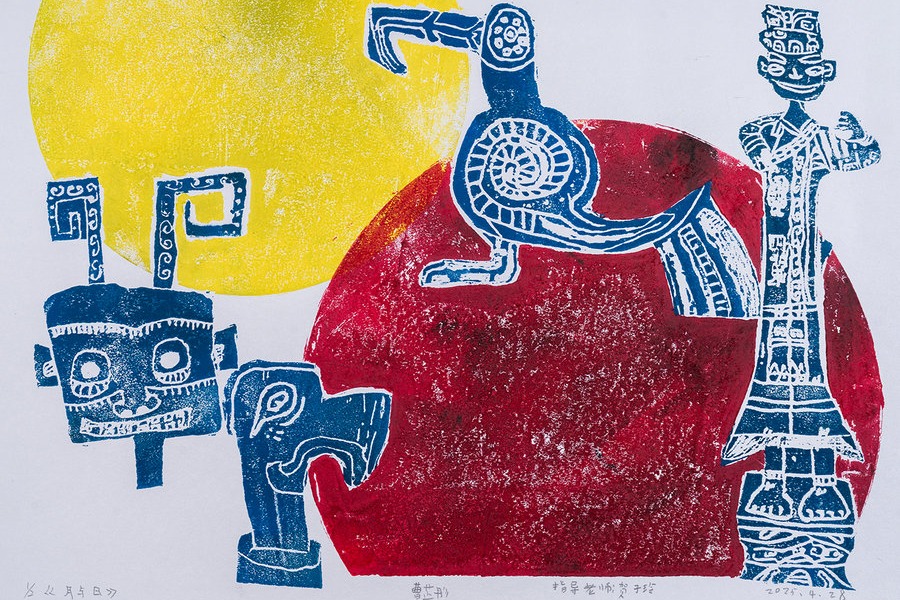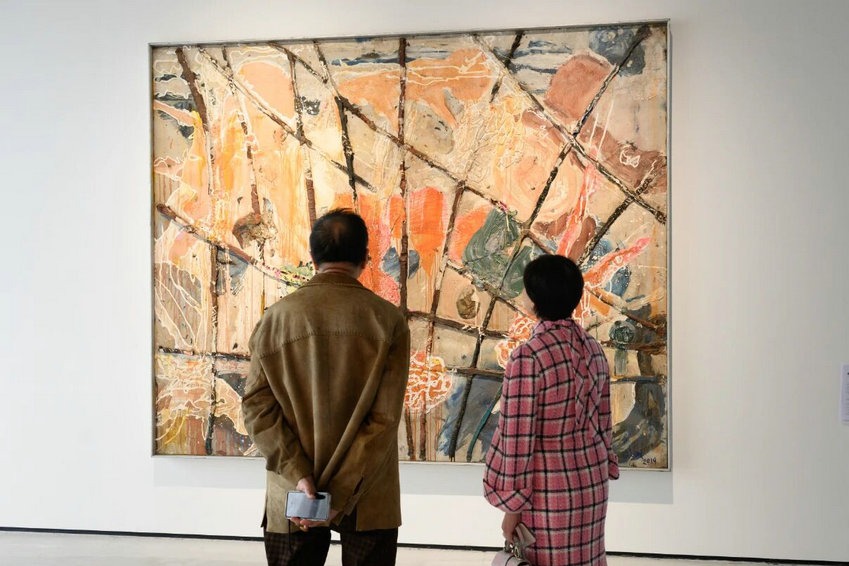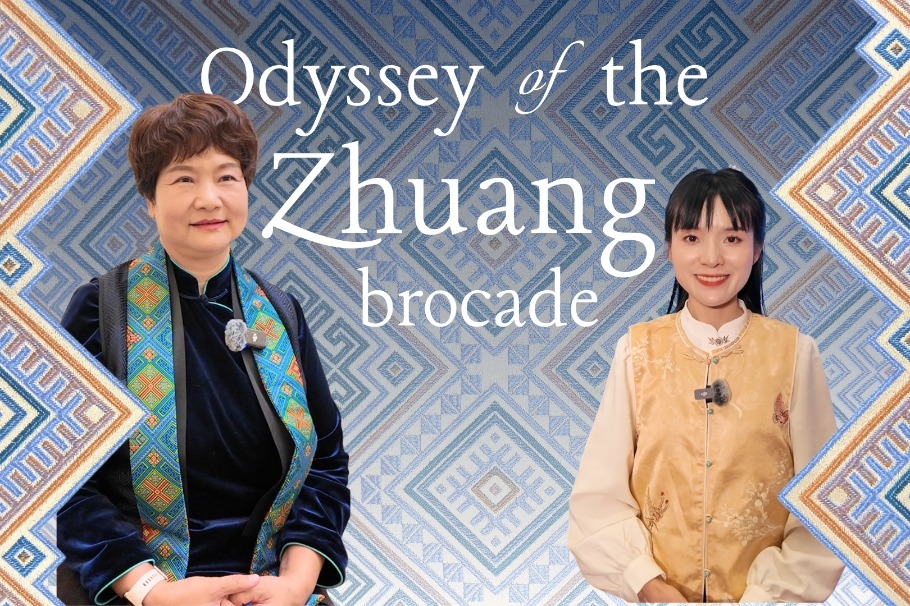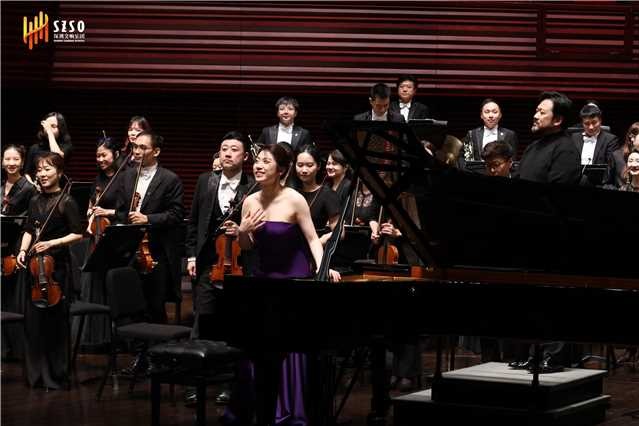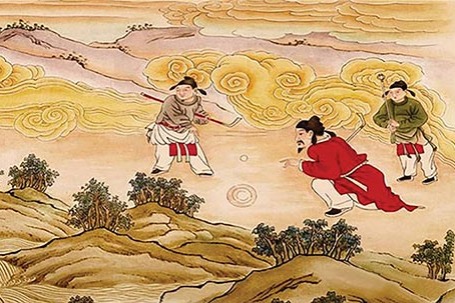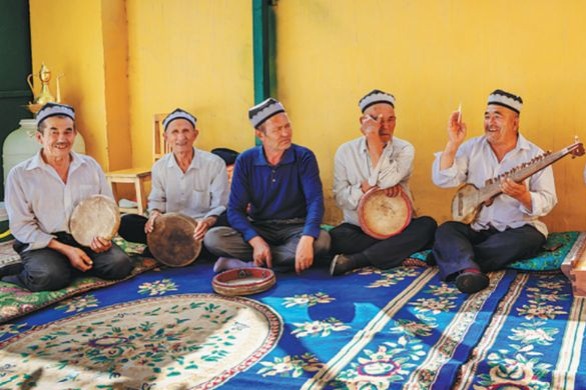Foreigners glance at 1,000 years of Shanxi
Delegation of overseas scholars and bloggers tours historical sites to learn about rich heritage and culture of unique Chinese province

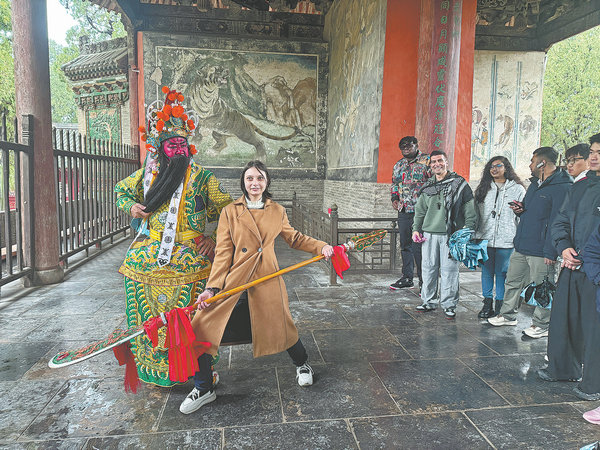
From Taiyuan, the group continued their trip to Jinzhong, the birthplace of Jinshang culture. Jinshang, also known as Shanxi merchants, rose to prominence during the Ming and Qing dynasties through commercial activities such as tea and salt trading and the operation of draft banks.
The group visited Pingyao Ancient City and the Wang's Grand Courtyard to explore this legacy. With a history of more than 2,800 years, Pingyao Ancient City was named a UNESCO World Heritage Site in 1997. It is best known for its almost intact Ming Dynasty city walls and well-preserved ancient residences and commercial streets.
Rishengchang, China's first draft bank, was set up in 1823 and is one of the hallmark relics.
"It's incredible to witness the origins of China's draft bank and financial systems," said Michael Rhys Card from the United Kingdom, also a journalist from China Daily. "The concept behind the coded drafts from centuries ago is remarkably consistent with today's credit card systems," he added.
The itinerary then moved south to Linfen, where the group visited the Taosi Relics Site. Home to one of the most significant archaeological discoveries in China in the past decades, the site offers a window into the dawn of Chinese civilization.


